VHO - On the more than 600-year journey of the Ho Dynasty Citadel Heritage, the giant stone blocks still standing tall in the sky are not only historical relics, but also symbols of the national spirit and wisdom of the times.
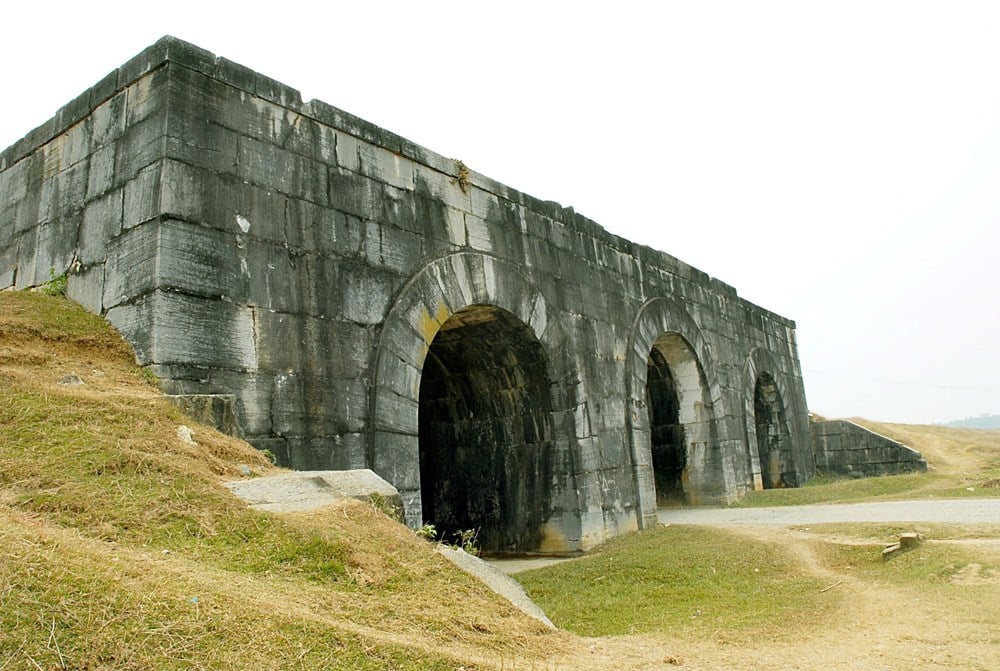
However, for this heritage to have a place on the world map, it is archaeology with the role of clarifying its integrity and authenticity that is the decisive foundation. From there, the Ho Dynasty Citadel is not only preserved but also continues to live in research, education , and sustainable development.
A heritage that “speaks in kind”: Archaeology sheds light on authenticity and integrity
The Ho Dynasty Citadel – the capital of the Ho Dynasty during its short period in the early 14th century – is one of the few relics in Vietnam recognized by UNESCO as a World Cultural Heritage site thanks to two outstanding criteria: its representation of a unique urban architectural form (criterion iv) and its demonstration of the exchange of ideological and technical values in the context of historical transition (criterion ii).
However, to achieve this distinction, the magnificent stone walls cannot speak for themselves. Solid evidence is needed, and that is where archaeology plays a key role.
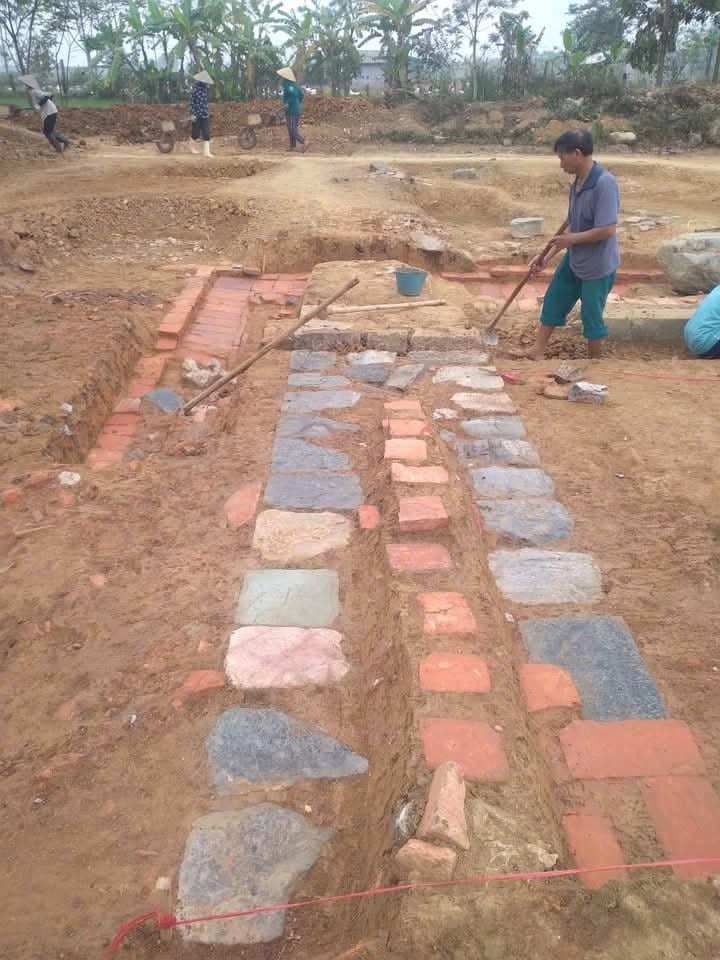
Over the past 20 years, the Vietnam Institute of Archaeology and the Ho Dynasty Citadel Heritage Conservation Center have conducted dozens of large-scale excavations and surveys in key areas such as the inner city, the Main Palace, the East-West Thai Temple, the Nam Giao altar, the Royal Road, the An Ton ancient stone quarry, etc.
The results not only revealed the urban architectural plan of the Ho Dynasty but also provided thousands of valuable artifacts, contributing to recreating a comprehensive picture of the political , spiritual, technical and cultural life of the ancient capital.
At a depth of 1-1.5m underground, the system of foundations, base bricks engraved with Chinese and Nom characters, brown ceramics, celadon, Chu Dau ceramics... were discovered in their original state, undisturbed.
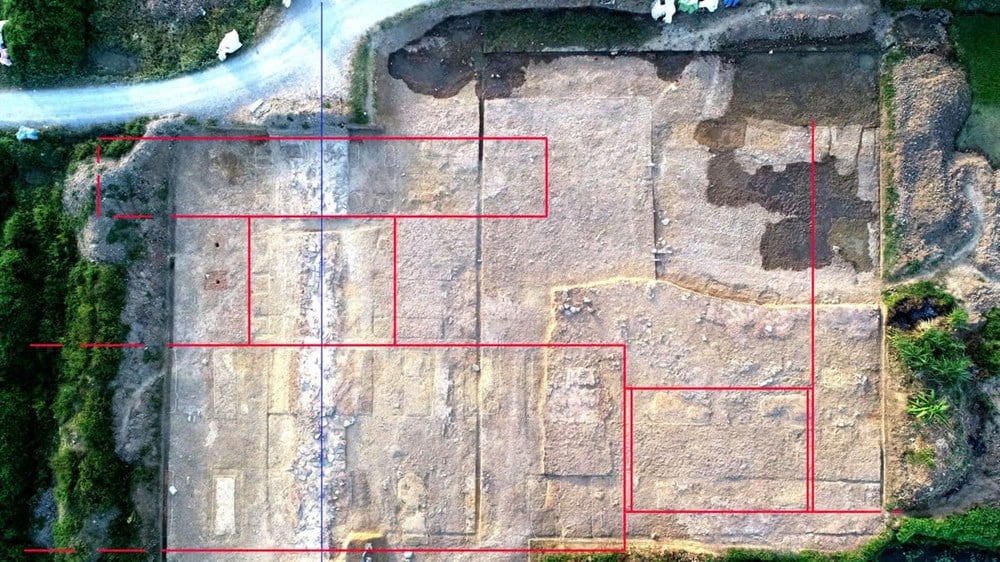
These artifacts not only determine the exact age of each construction item, but also demonstrate the succession and transition between the Tran, Ho, Le dynasties and later periods.
At the same time, ceramic artifacts, charcoal, animal bones, sacrificial objects, etc. contribute to decoding the daily life, beliefs and craft techniques of the residents in the citadel, thereby proving the authenticity of the function of each construction.
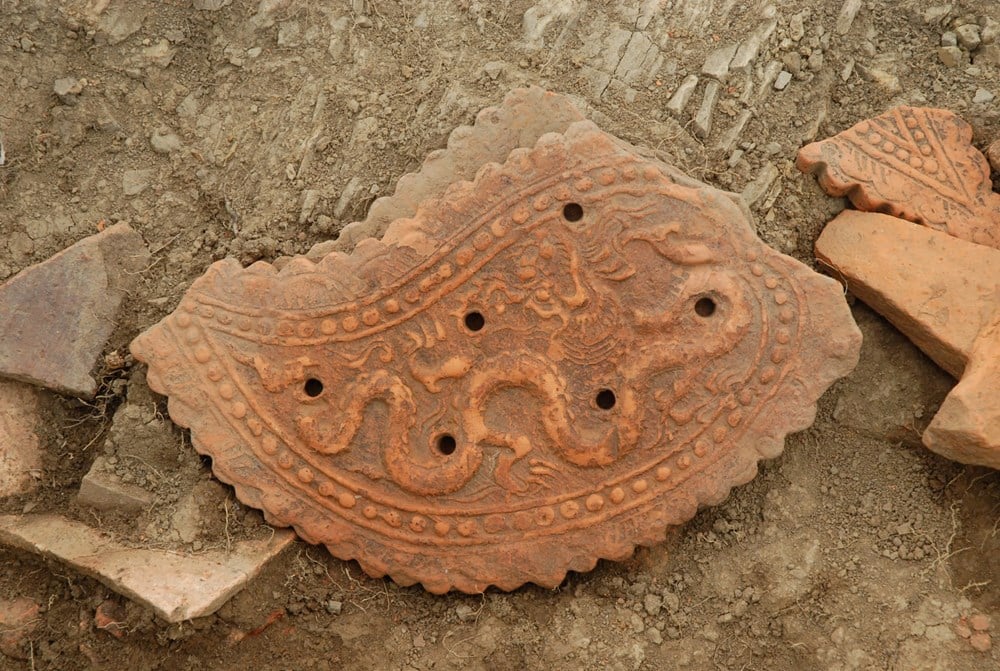
In particular, the discovery of the stone architectural system, from the foundation, steps, altars, railings with the technique of mortise and tenon joints, without mortar but still tight, clearly demonstrates the superior technical level of the Ho Dynasty, at the same time showing the unity of design and construction on a large scale. This affirms the integrity of both structure and function, helping to recreate the architectural space scientifically and accurately.
Not only inside the inner city, satellite areas such as quarrying and stone transportation sites, Royal Road, the backbone traffic axis connecting the inner city with the Nam Giao altar, have all been verified through archaeological excavations. Thanks to that, the spatial structure of the Ho Dynasty capital has been restored relatively completely, creating a synchronous, logical system with rare original value.
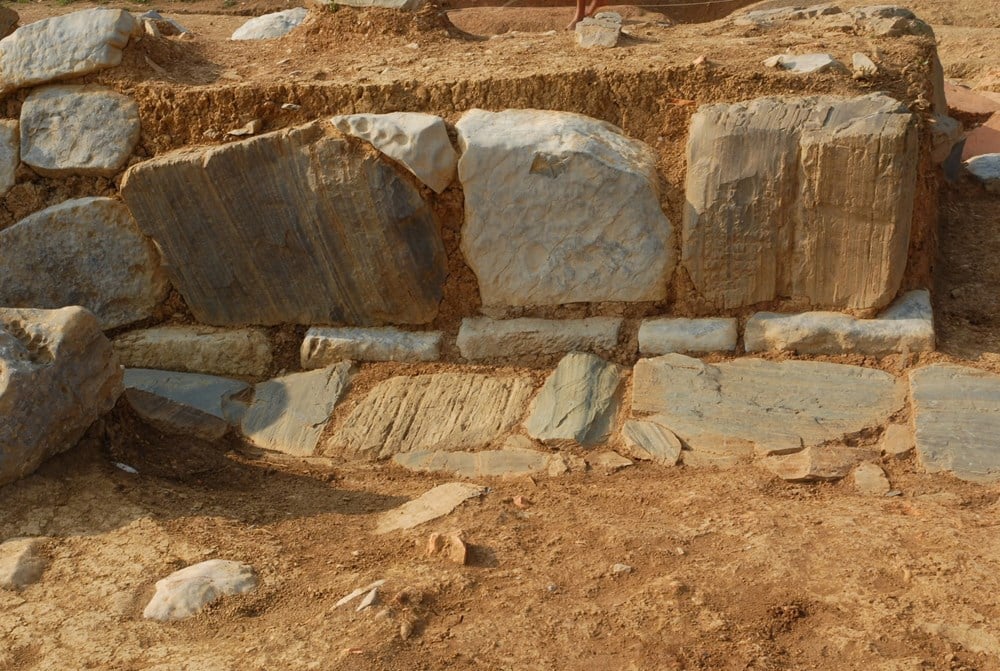
The integrity of the heritage lies not only in the architecture of the citadel but also in the surrounding space system, construction techniques, and associated spiritual and cultural life. Archaeology, in its role as “the underground storyteller”, has proven this through stratigraphic layers, through artifacts remaining in their original positions, and through the uniformity in materials, shapes, and techniques.
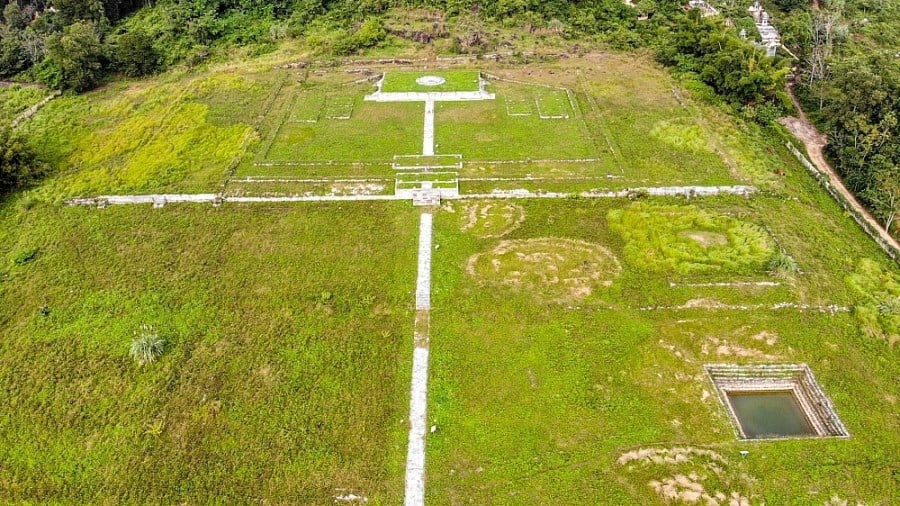
Preservation from the Roots – A Sustainable Approach Based on Archaeological Science
The inscription on the World Heritage List is not a destination, but the beginning of a long and challenging journey: how to preserve, restore and promote the heritage value in a sustainable way. With the Ho Dynasty Citadel, all conservation decisions from planning protection zones, building a master management plan to developing cultural tourism products must take archaeology as the foundation.
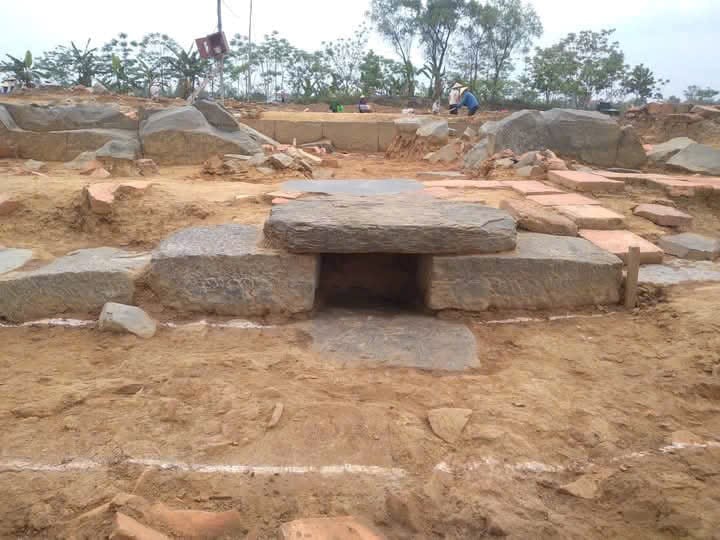
Therefore, as early as 2010, when the dossier submitted to UNESCO was still being completed, researchers proposed the construction of a synchronous archaeological database, with maps of artifact distribution, stratification diagrams, current photos and digitization of typical specimens.
To date, the Ho Dynasty Citadel Heritage Conservation Center has coordinated with the Institute of Archaeology and international experts to digitize more than 10,000 artifacts and establish scientific records for each excavated relic cluster.
In particular, many typical excavation sites such as the foundation of the Main Hall, the Nam Giao altar, the East-West Thai Mieu area have been preserved in situ (original location), combined with specialized roofs and interpretation boards, serving both research and becoming heritage education attractions. This is a modern conservation method, respecting the original value, recommended by UNESCO for heritage sites with dense cultural layers.
In addition, important artifacts have been preserved and displayed at the Ho Dynasty Citadel Heritage Exhibition House - which is gradually becoming a center for research, education and community connection.
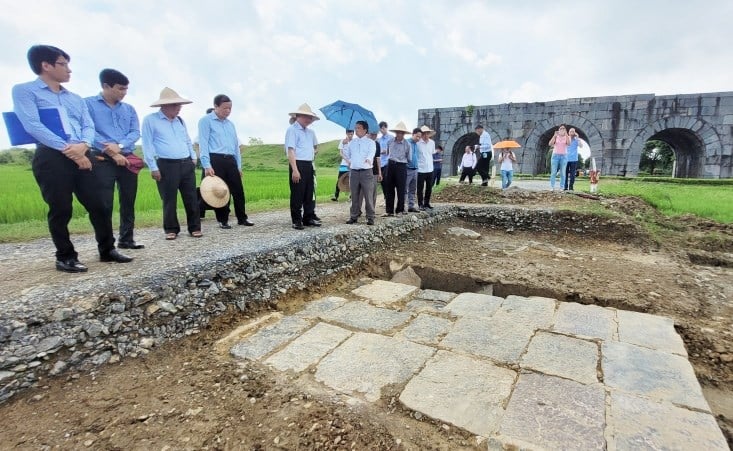
Organizing thematic exhibitions, collaborating with international museums, building 3D reconstruction models of the citadel's architecture based on archaeological data... are opening up new approaches, bringing heritage closer to the public and young people.
Not stopping at mere archaeology, researchers today are continuing to integrate excavation results with historical documents, geological surveys, ancient maps and remote sensing technology to have an interdisciplinary, inter-period view.
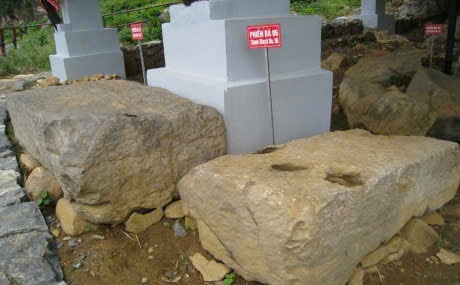
This is a modern research direction, helping to constantly update knowledge about heritage, clarifying the connection between Ho Citadel and the rampart system in the North and the exchange with Champa culture in the South through materials and typical architectural styles.
It is the systematic investment in archaeology that has helped international experts to conclude that: Ho Dynasty Citadel is not just a “magnificent stone structure”, but a living heritage, with a complete and authentic cultural-historical ecosystem. Archaeology is the “key” to decoding, preserving and transmitting that value over time.
After three in-depth issues, it can be affirmed that archaeology is the most important pillar for the Ho Dynasty Citadel to be recognized, preserved and promoted at the international level.
From the tens of thousands of artifacts discovered underground, to the original architectural structures restored, all constitute solid evidence of integrity and authenticity, two crucial factors in UNESCO's assessment.
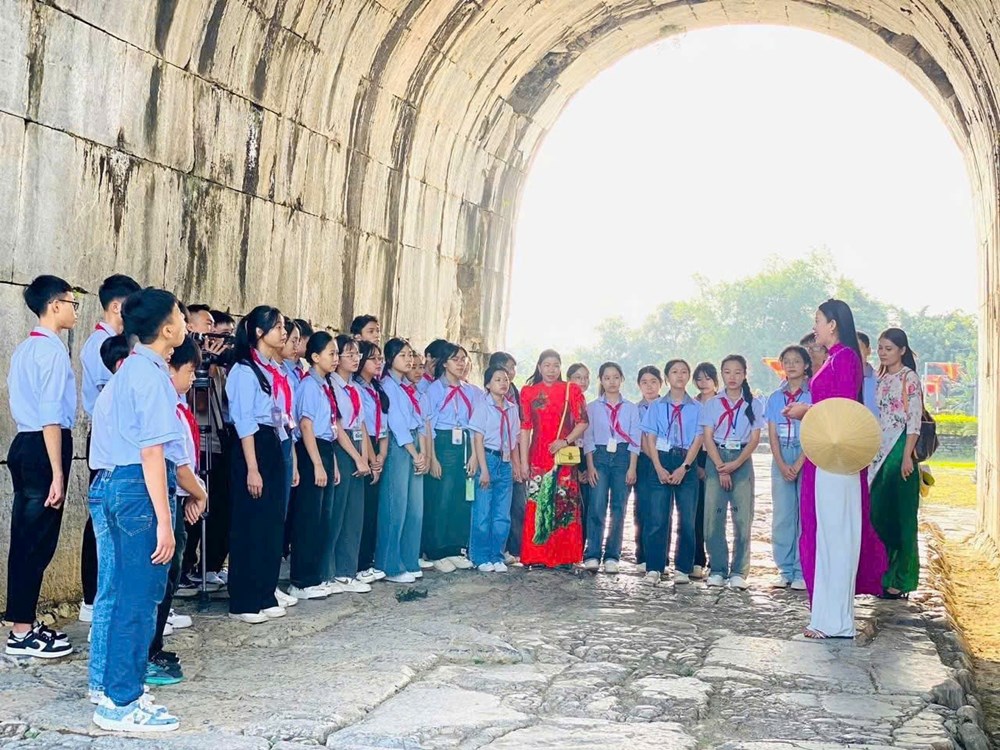
In the future, as projects to preserve and restore the Ho Dynasty Citadel continue to be implemented, the role of archaeology will become even more urgent. Not only is it a “science of the past”, archaeology today is also the foundation for developing cultural tourism, community education and building local identity.
And so, the more than 600-year journey of the Ho Dynasty Citadel does not end in memory, but continues to live on, in every piece of pottery, brick, and foundation that is preserved intact at the foot of the great stone citadel in the heart of Thanh land.
Source: https://baovanhoa.vn/van-hoa/bai-cuoi-nen-tang-khoa-hoc-cho-bao-ton-va-phat-huy-gia-tri-toan-cau-135448.html




![[Photo] Dan Mountain Ginseng, a precious gift from nature to Kinh Bac land](/_next/image?url=https%3A%2F%2Fvphoto.vietnam.vn%2Fthumb%2F1200x675%2Fvietnam%2Fresource%2FIMAGE%2F2025%2F11%2F30%2F1764493588163_ndo_br_anh-longform-jpg.webp&w=3840&q=75)





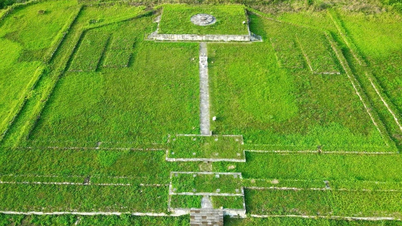

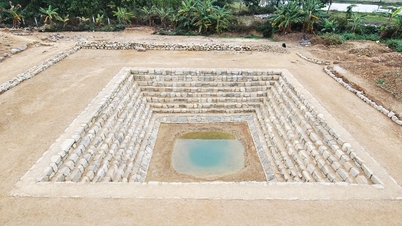

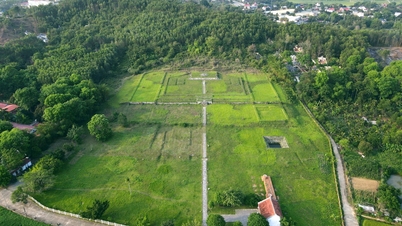

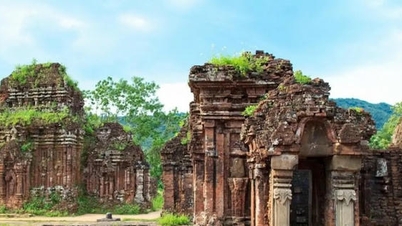



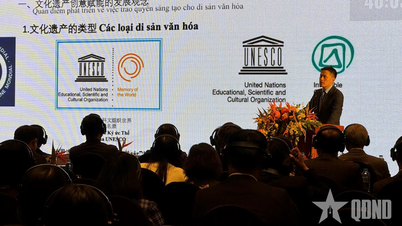

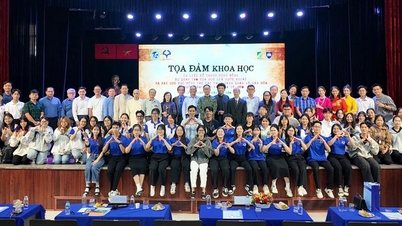
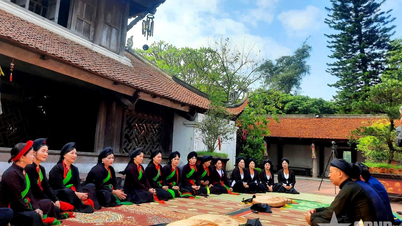


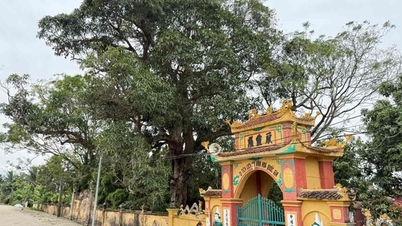

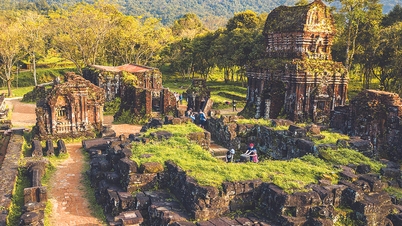





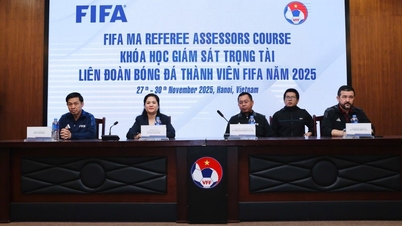













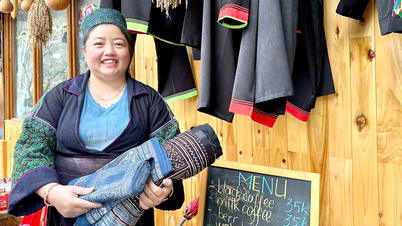




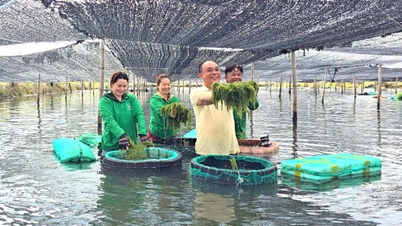
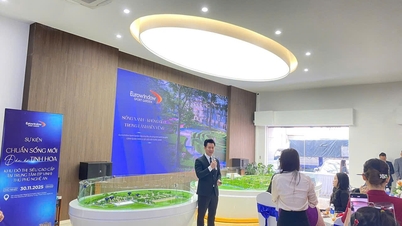


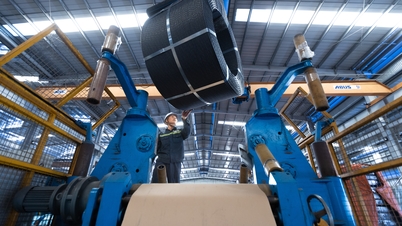
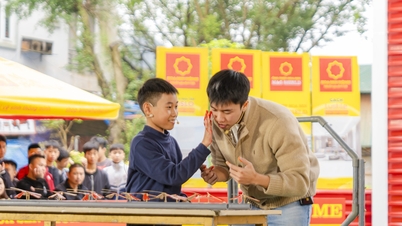





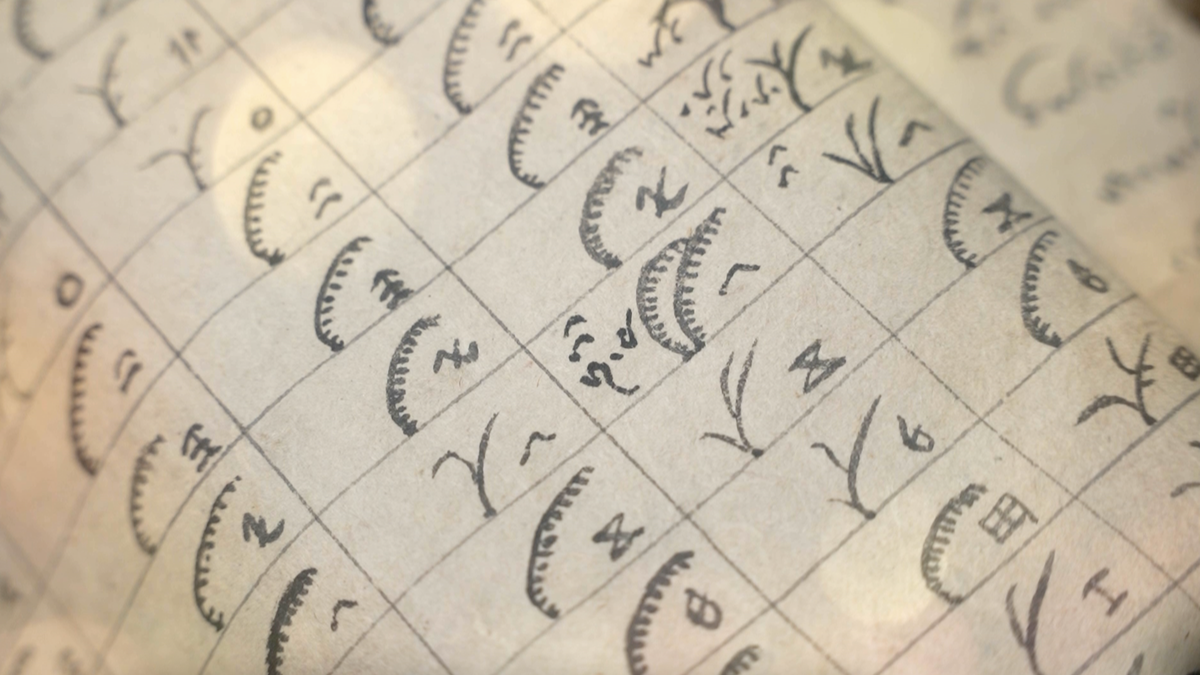
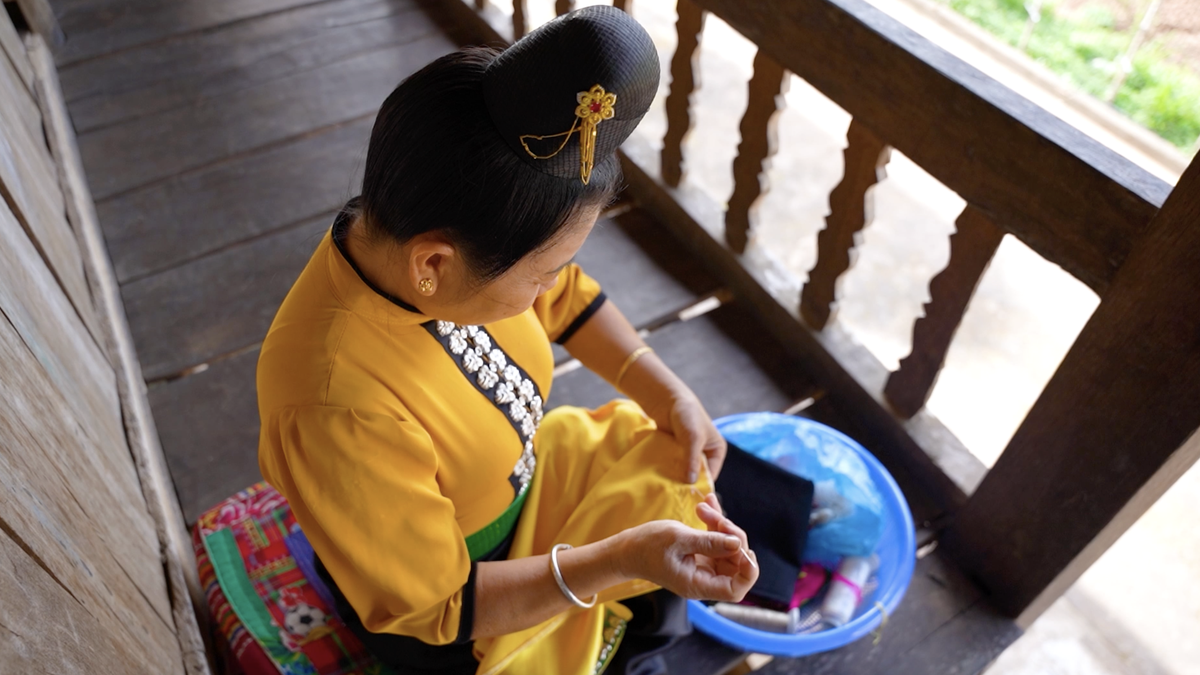


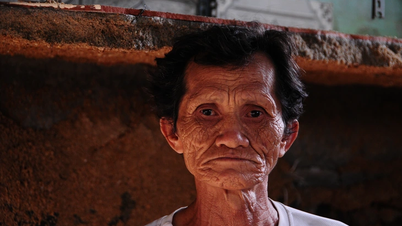





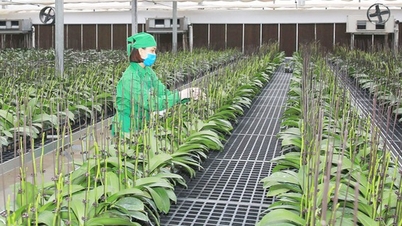




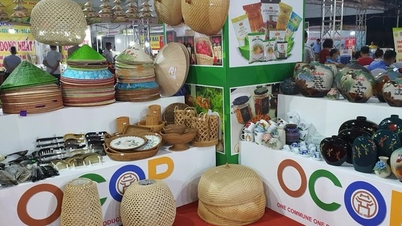






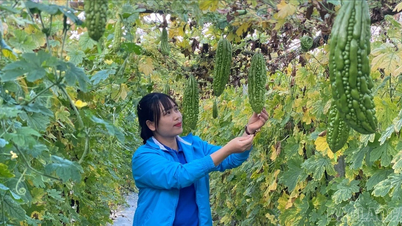

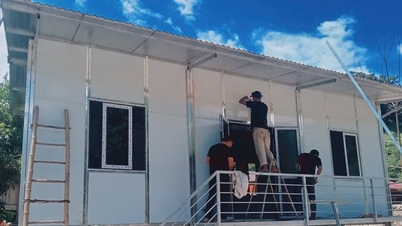









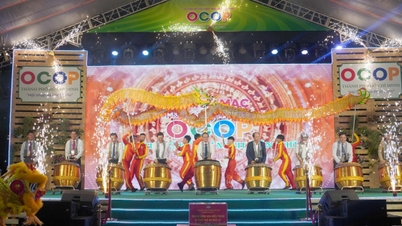





Comment (0)